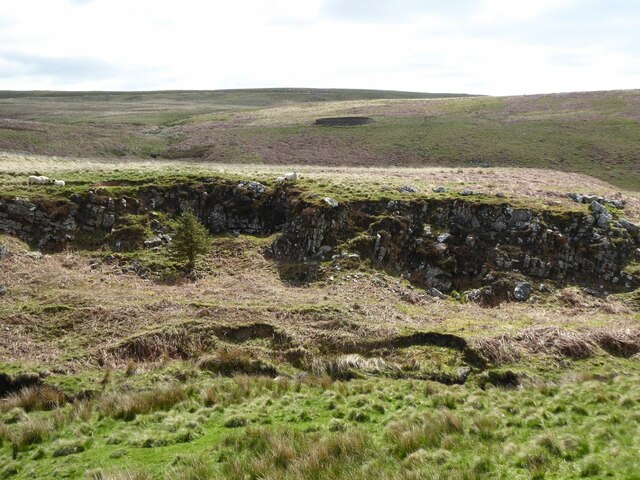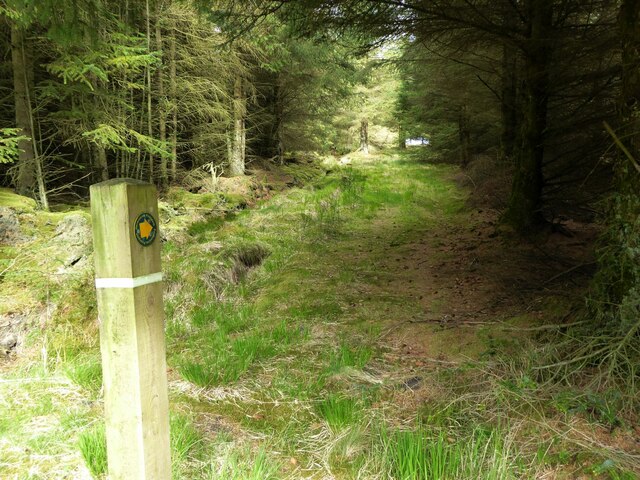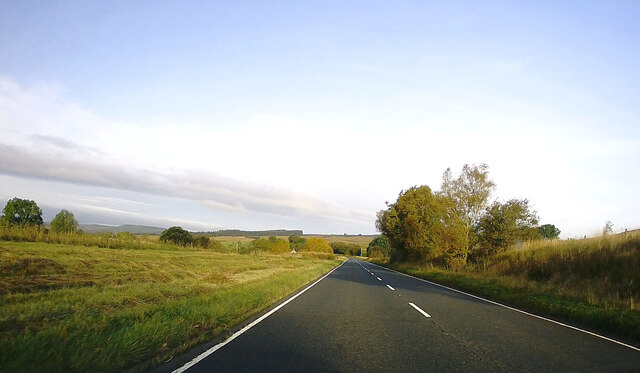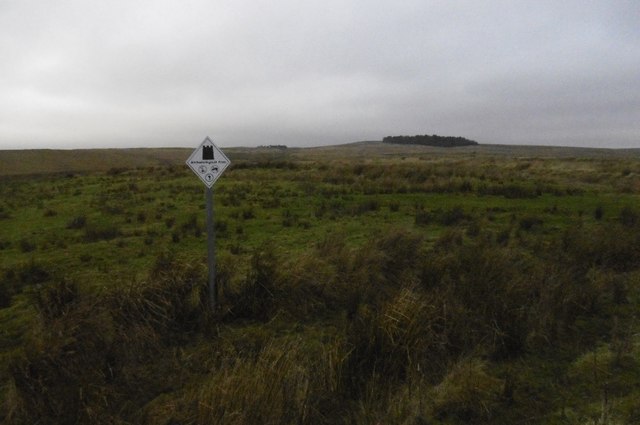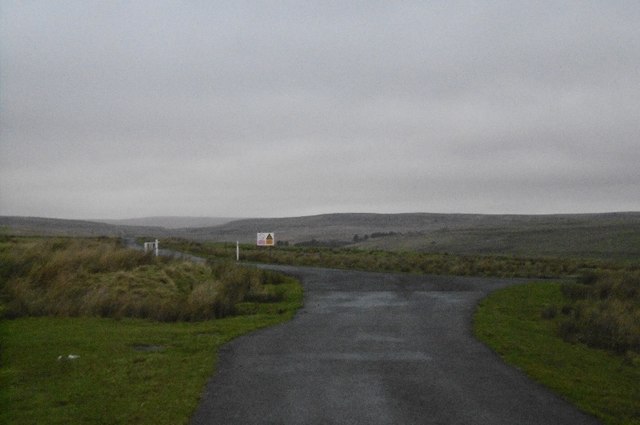Harelaw Cleugh
Valley in Northumberland
England
Harelaw Cleugh

The requested URL returned error: 429 Too Many Requests
If you have any feedback on the listing, please let us know in the comments section below.
Harelaw Cleugh Images
Images are sourced within 2km of 55.297224/-2.268096 or Grid Reference NT8300. Thanks to Geograph Open Source API. All images are credited.
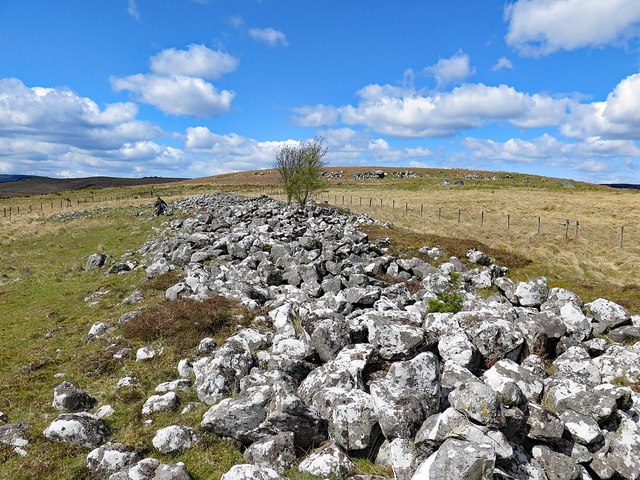
Harelaw Cleugh is located at Grid Ref: NT8300 (Lat: 55.297224, Lng: -2.268096)
Unitary Authority: Northumberland
Police Authority: Northumbria
What 3 Words
///tiny.unusable.sweep. Near Rochester, Northumberland
Nearby Locations
Related Wikis
Bremenium
Bremenium (High Rochester) is an ancient Roman fort (castrum) located at Rochester, Northumberland, England. The fort is part of the defensive system built...
Rochester, Northumberland
Rochester is a small village and civil parish in north Northumberland, England. It is 5 miles (8 km) north-west of Otterburn on the A68 road between Corbridge...
A68 road
The A68 is a major road in the United Kingdom, running from Darlington in England to the A720 in Edinburgh, the capital of Scotland. It crosses the Anglo...
Northumberland National Park
Northumberland National Park is the northernmost national park in England. It covers an area of more than 1,050 square kilometres (410 sq mi) between the...
Nearby Amenities
Located within 500m of 55.297224,-2.268096Have you been to Harelaw Cleugh?
Leave your review of Harelaw Cleugh below (or comments, questions and feedback).

